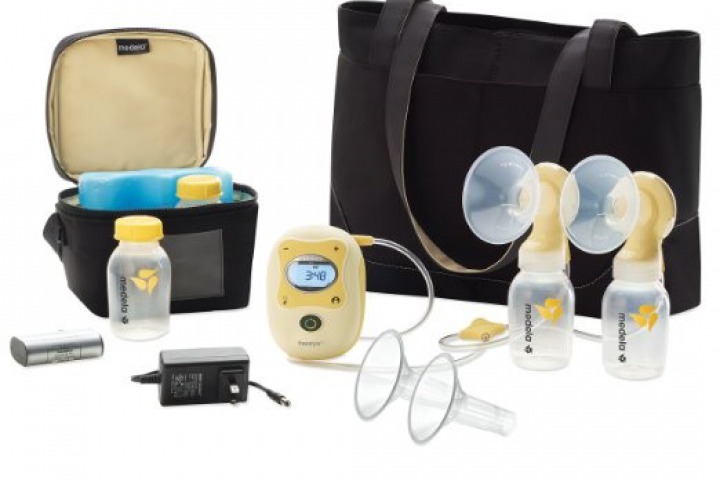HEALTH BLOG
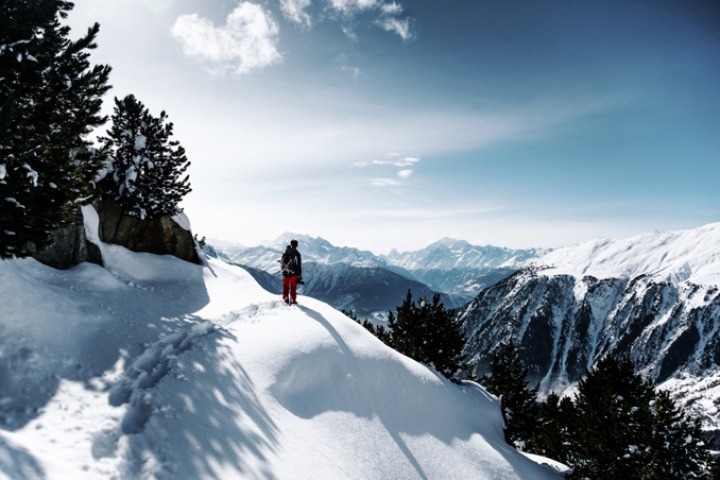
Tips for Safe Winter Recreation
Tips for Safe Winter Recreation
Before You Leave
Extra Supplies
Clothing Layers
Wicking layer. The layer of clothing touching your skin should be a synthetic long-underwear, such as Under Armour, that will wick your sweat away from your body. Without this layer, sweat will sit on your skin, soak through your clothes and chill you very quickly.
Insulating layer. Insulation is usually a fleece or down layer, meant to retain your body heat. If you get too warm, this is usually the first layer to go, but store it somewhere dry; you will often need to retrieve it even during short snack breaks.
Shell layer. This layer protects you from wind, rain, snow — whatever happens to be falling from the sky. It should be waterproof (NOT resistant) and slightly larger than your regular jacket-size so it fits over other layers.
Navigation
Traction
Hypothermia
Signs of frostbite. Cold, painful prickling, then numbness. Grayish or blue-colored skin that is waxy in texture. As soon as you feel that initial prickling (known as “frostnip”), find a way to warm the affected area as soon as possible. The longer you wait, the harder it will be to recover as the cold spreads deeper into your tissue layers(1). A good way to avoid frostbite is to pack hand warmers and mittens to layer over your gloves. Also, layer your feet the same way you do your body, with wool socks over a synthetic wicking sock. If they get wet, separate the wet layer from your skin with plastic bags.
Signs of hypothermia. Shivering, dizziness, fatigue and disorientation are crucial signs of hypothermia. They are your cue to do something — and quick; hypothermia is deadly and moves in fast. As your body’s core temperature continues to drop, shivering will stop and instead your pulse will drop and you will feel suddenly very warm (2). Although prevention is better then attempting to recover, if you do start experiencing symptoms, ensure you are properly hydrated and fed. Hiking in the snow can burn nearly 600 calories an hour (3) as your body works harder to regulate its temperature against elements. Remove any wet clothing and attempt to rewarm yourself by finding shelter — and building a small fire if absolutely necessary.
Outdoor activities in the wintertime offer the opportunity for a changed landscape and quieter trails. However, they requires a lot more planning and caution in order to avoid element-related injuries. Practice these tips even on short outings and check Price Rite’s new pharmacy for any items you may need. We carry a variety of nutrition, first aid and medicinal products that may help better equip your winter pack!
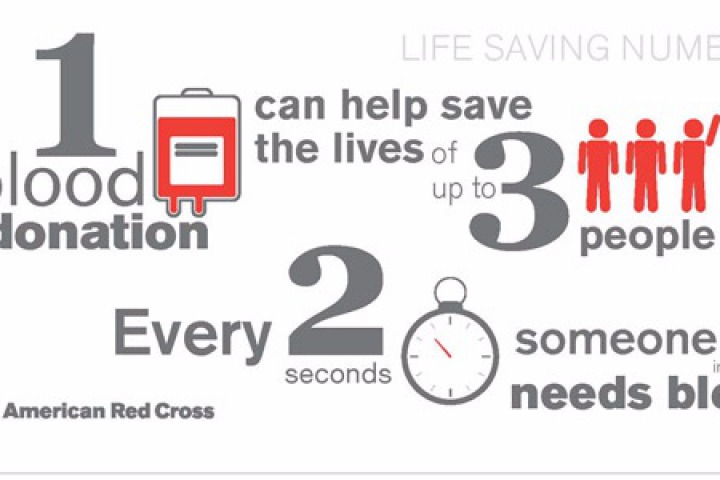
American Red Cross bloodmobile coming to Price Rite 02/16/17!!
American Red Cross bloodmobile coming to Price Rite 02/16/17!!
THE RED CROSS BLOODMOBILE WILL BE IN THE PRICE RITE DRUG PARKING LOT ON THURSDAY, FEBRUARY 16TH 2017 FROM 12:00 PM - 4:15 PM.
Every 8 minutes the American Red Cross responds to someone in crisis, and every two seconds someone in the US needs a blood transfusion. The Red Cross is facing a severe blood shortage with an emergency need for donors. Severe winter weather has forced cancellations of 215 blood drives in two dozen states, leaving more than 7,500 blood and platelet donations uncollected. The American Red Cross supplies about 40% of the nations blood.
Individuals who are 17 years of age in most states (16 with parental consent where allowed by state law), weigh at least 110 pounds and are in generally good health may be eligible to donate blood. High school students and other donors 18 years of age and younger also have to meet certain height and weight requirements.
Eligible blood donors are urged to schedule a donation today by using the Red Cross Blood Donor app, visiting redcrossblood.org or calling 1-800-REDCROSS (1-800-733-2767). Invite a friend, family member, or co-worker to help even more!
- Visit redcrossblood.org/RapidPass
- Read the information
- Answer the questions
- Print the pass or email it to yourself
visiting redcrossblood.org or calling 1-800-REDCROSS (1-800-733-2767).
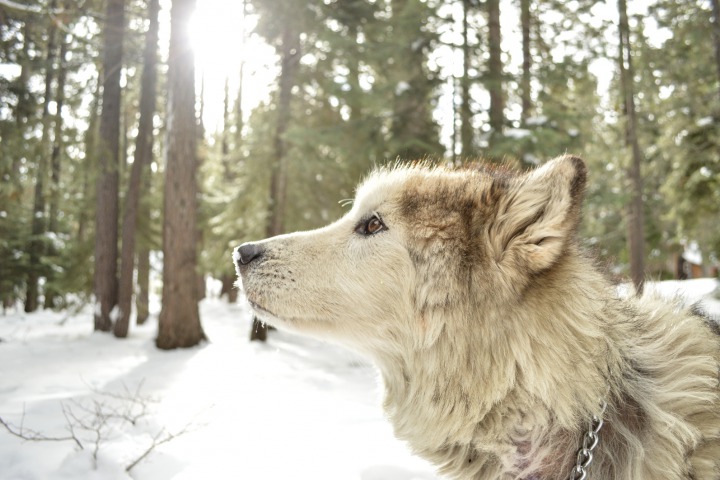
Pet First Aid on the Trail
Pet First Aid on the Trail
Gauze and tape — Dog fur and skin are sensitive to the adhesive on traditional bandaids. Instead, use a roll of gauze secured with some medical tape.
Small sock — An infant or dog-sized sock will keep a paw injury covered and a bandage extra secure for the hike out.
Benadryl — You can administer 1mg of over-the-counter allergy medicine such as Benadryl for insect bites, poison ivy, or other minor, non-life-threatening allergic reactions.
Scissors — A small pair of scissors can be used to clear longer hair away from a small wound so that you can administer antiseptic and cover it easily.
Antiseptic — You can clean a wound initially with low-percentage alcohol, then treat it with Neosporin or similar ointment before wrapping to optimize healing.
Vaseline — Winter hikes can sometimes result in a chapped nose or paws. To soothe irritated skin, rub some Vaseline (or chapstick, in a pinch) on the affected area.
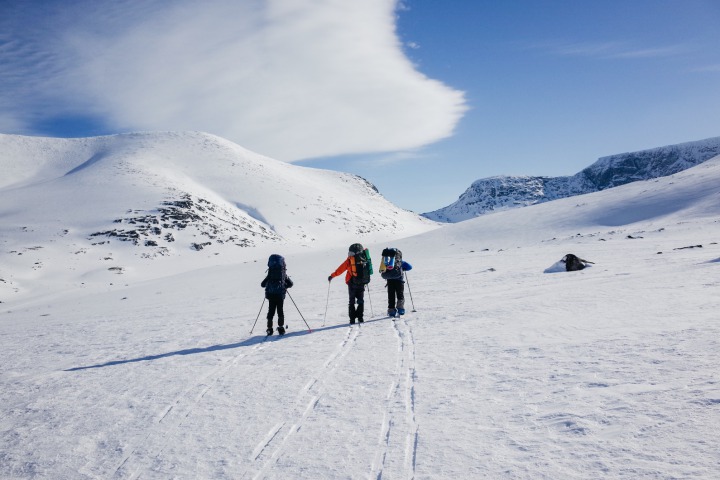
Tips For Preventing Ski Injuries This Winter
Tips For Preventing Ski Injuries This Winter
- Skiing, particularly downhill, is an extreme mountain sport and conditioning your body for not only the ride, but the altitude is crucial. There are a lot of personal training facilities here in Bozeman who offer ski conditioning courses to get you started, but basically a healthy amount of cardio and building your quads, hamstrings and other muscles around your knees is good preparation.
- Preparing for your ride involves choosing the right equipment. If you’ve never skied before, many retailers can help you find the gear. Whether your style is alpine, all-mountain, freestyle, back country or downhill there are different curvatures, waists, lengths — even different styles for men and women.
- Like any high-intensity sport, you need to warm your muscles — especially in our cold, mountain climate. You are much more likely to obtain an injury with cold, stiff and inflexible joints. Do some simple stretches while you’re warming up the car, such as squats, side plank and hip flexors.
- While on the mountain, always maintain good form. While this practice may come naturally for those who live and breathe powder, if you took a couple seasons off, or are unsure of your skill level after a long summer, it might be a good time to work on your ski form on a bunny slope or with a refresher class.
- While basking in the euphoria of a great day on the mountain, remember that your body needs time and energy to recover. Stretching again or using a foam roller on your muscles can help the recovery process. Keep a snack and extra bottle of water in your car to remind yourself to stay hydrated on your ride home.
Healthy Holidays for You!
Check out these 7 tips for a healthier holiday:
1. Beat the bugs. Add “flu shot” to your to-do list, unless of course you’ve already gotten it done. Also, wash your hands often for at least 20 seconds. Lots of germs can easily “leap” from hands to nose and mouth—not to mention from you to other people.
When you fly or ride a bus or train, use a disinfectant wipe on armrests, tray table and latch, air vent, and seatbelt buckle. Also, drink plenty of fluids while traveling—try for 8 ounces of water each hour. Moist airways are less susceptible to viruses and bacteria(1, 2).
2. Stay active. And by active we don’t mean just shopping or wrapping presents! At the very least, put on some holiday music and dance! This may not be the best time of year to start a new exercise routine, but don’t let exercise go by the wayside. And when flying, be sure to move around the cabin every 60 to 90 minutes(1).
3. Chill. Don’t let holiday hysteria overwhelm you. Try a 15-minute chair massage at your local salon or airport or shopping mall massage kiosk. Along with relaxing muscles, massages may lower levels of stress hormones and boost white blood cells, which can protect against infections(1).
What else calms you….? Relaxing music? Meditation? Walks in the park? Be sure to prioritize YOU in the midst of this busy time. And, it goes without saying: get plenty of sleep, which can stave off sickness. One study found that people who sleep at least eight hours a night are three times less likely to catch a cold than those who sleep less than seven(1).
4. Handle food wisely. Keep raw meat, poultry, seafood, and eggs away from ready-to-eat foods. Make sure to cook foods to the right temperature and don’t leave perishables out for more than two hours(2).
5. Head ‘em off at the pass. Are temptations lurking around every corner? Pack healthy snacks, such as fruit, nuts, or low-fat string cheese. And provide healthier options such as vegetable dishes at holiday gatherings. Granted, these foods may not have the same appeal as mom’s pecan pie or candied potatoes, but they may keep you from overindulging. Whatever you do, don’t “save up” your calories for big parties and family meals. That can simply lead to overeating(3).
If you are cooking for family and friends consider having a diabetic or low sodium friendly item. It’s just another way to ensure everyone can rave about your cooking.
6. Ease up. Sure, we know ‘tis the season to imbibe. But that doesn’t mean you have to go overboard. Before drinking any alcohol, be sure to have something to eat. Alcohol may react negatively to your medications. Consider serving juice or flavored water for a healthy alternative.
7. Check your meds—and vitamins. Check your supply of prescriptions, over-the-counter medications, and vitamins. Make sure you have what you need before traveling. Remember to order refills at your Bozeman Pharmacy before you run out. We wish you a happy, healthy and safe holiday season.
Nothing herein constitutes medical advice, diagnosis or treatment, or is a substitute for professional advice. You should always seek the advice of your physician or other medical professional if you have questions or concerns about a medical condition.
Sources
(1) 10 Ways to Stay Healthy During the Holidays
(2) Holiday Health and Safety Tips
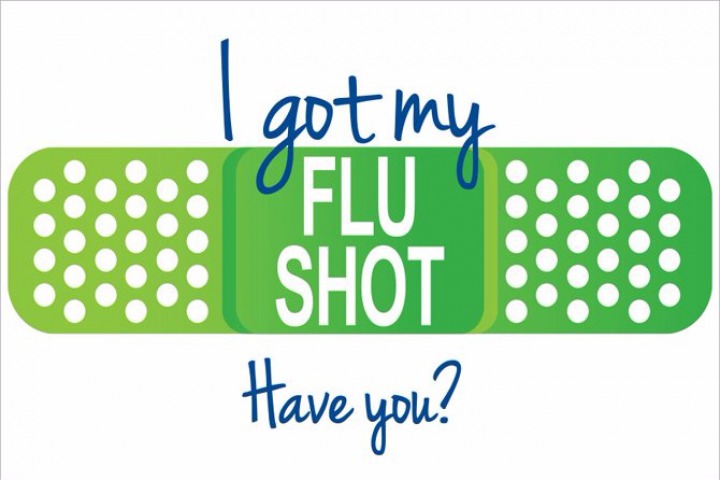
Price Rite Drug Now Offering Flu Vaccinations!!
Price Rite Drug Now Offering Flu Vaccinations!!
of flu-associated deaths in the United States range from a low of about 3,000
to a high of about 49,000 people. During recent flu seasons, between 80% and
90% of flu related deaths have occurred in people 65 years and older. "Flu
season" in the United States can begin as early as October and last as
late as May. During this time, flu viruses are circulating at higher levels in
the U.S. population.
the chances that you will get seasonal flu and spread it to others. When more
people get vaccinated against the flu, less flu can spread through that
community. In Montana 433 hospitalizations and 33 deaths were
attributed to influenza last season. DPHHS confirmed the first influenza cases of the season on 10/14/16.
People with flu can spread it to others up to about 6
feet away. Most experts think that flu viruses are spread mainly by droplets
made when people with flu cough, sneeze or talk.
To avoid this, people should stay away from sick
people and stay home if sick. It also is important to wash hands often with
soap and water. If soap and water are not available, use an alcohol-based hand
rub.
other people beginning 1 day before symptoms develop and up to 5 to 7 days after becoming sick. Children may pass the
virus for longer than 7 days. Symptoms start 1 to 4 days after the virus enters
the body. That means that you may be able to
pass on the flu to someone else before you know you are sick, as well as while
you are sick. Some people can be infected with the flu virus
but have no symptoms. During this time, those persons may still spread the
virus to others.
common in children than adults.
become severely ill, some people are more likely to experience severe flu
illness. Young children, adults aged 65 years and older, pregnant women, and
people with certain chronic medical conditions are among those groups of people
who are at high
risk of serious flu complications, possibly requiring
hospitalization and sometimes resulting in death. For example, people with
chronic lung disease are at higher risk of developing severe pneumonia.

Price Rite Drug Offers Compounding in Bozeman
Price Rite Drug Offers Compounding in Bozeman
Our State-of-the-Art Compounding Services
With our recent store remodel, we now have an advanced compounding station run by PCCA-certified (Professional Compounding Centers of America) pharmacists. In compliance with 2018 standards, our facility is equipped with a negative airflow HEPA filtration system and we are the only compounding pharmacy in Bozeman who will work with your insurance provider.
“It works amazingly well,” says Compounding Pharmacist, Erin Goody Smith. “The nice thing about compounding is that you can make each medication for an individual person. So, if a medication isn't available without an allergen, we can make one right here."
Compounding is a technology which benefits both humans and animals alike; Price Rite has formulated apple-flavored sugarless medication for a particularly picky horse. They can also add flavoring for children, alter consistency, customize dosage, create a more effective wound care topical and much, much more.
If you have questions about how compounding can help you or a family member, contact us! One of our pharmacy technicians will be happy to answer your questions.

Our New Pharmacy is Open for Business! Please join us for the Grand Opening of our new Pharmacy on Friday, December, 2nd
Our New Pharmacy is Open for Business! Please join us for the Grand Opening of our new Pharmacy on Friday, December, 2nd

NOVEMBER IS AMERICAN DIABETES MONTH
NOVEMBER IS AMERICAN DIABETES MONTH
One in 11 Americans have diabetes — that’s more than 29 million people. And another 86 million adults in the United States are at high risk of developing type 2 diabetes.
There’s no cure for diabetes, but it can be managed. Unmanaged diabetes increases the risk of blindness, nerve damage, kidney disease, heart disease and stroke.
What is diabetes?
Diabetes occurs when the body cannot produce enough insulin or cannot respond appropriately to insulin. Insulin is a hormone that the body needs to absorb and use glucose (sugar) as fuel for the body’s cells. Without a properly functioning insulin signaling system, blood glucose levels become elevated and other metabolic abnormalities occur, leading to the development of serious, disabling complications.
Many forms of diabetes exist. The 3 common types are:
- * Type 2 diabetes, which results from a combination of resistance to the action of insulin and insufficient insulin production.
- * Type 1 diabetes, which results when the body loses its ability to produce insulin.
- *Gestational diabetes, is a common complication of pregnancy. Gestational diabetes can lead to perinatal complications in mother and child and substantially increases the likelihood of cesarean section. Gestational diabetes is also a risk factor for the mother and, later in life, the child's subsequent development of type 2 diabetes after the affected pregnancy.
What are the signs of diabetes?
Many people with diabetes don’t know they have it. Some signs of diabetes include: being very thirsty or very hungry, feeling tired for no reason, urinating (going to the bathroom) more than usual, losing weight for no reason, having cuts or bruises that are slow to heal, having trouble seeing (blurry vision), losing feeling or having tingling in your hands or feet.
Not everyone who has diabetes has these signs. If you have any of these signs or think you may be at risk, talk with your doctor about getting tested for diabetes.
Are you at risk of Type 2 diabetes? Take this test: http://www.diabetes.org/are-you-at-risk/diabetes-risk-test/.
People who are at high risk for type 2 diabetes can lower their risk by more than half if they make healthy changes. These changes include:
* Eating healthy-
Be sure to get the number of calories that's right for you (not eating too much or too little), vitamins, minerals, and other nutrients – and limiting unhealthy foods and drinks. For some healthy recipes visit: http://www.nhlbi.nih.gov/health/educational/wecan/eat-right/fun-family-recipes.htm.
* Increasing physical activity-
Start at a comfortable level, once you get the hang of it add a little more activity each time. Then try getting active more often.
To get all the health benefits of physical activity, do a combination of aerobic and muscle-strengthening activities.
Aim for 2 hours and 30 minutes a week of moderate aerobic activity, like walking fast or biking.
* Losing weight-
To lose weight, you need to burn more calories than you eat. A healthy balance between diet and exercise can help you lose weight.
Get involved with American Diabetes Month and share your story, photo, or video on social media
using #ThisIsDiabetes.
For more information about diabetes visit our referenced pages at:
http://www.diabetes.org/
https://healthfinder.gov/nho/Novembertoolkit.aspx#badges
